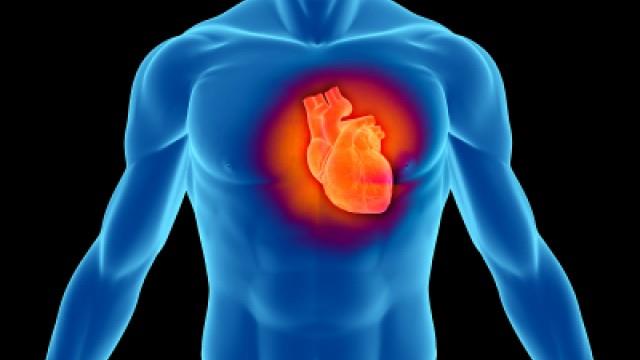
Left atrial (LA) function, measured through LA strain, may improve the performance of established predictors of long-term prognosis in ST-elevation myocardial infarction (STEMI), according to a recent Singapore study.
“Compared with traditional outcome markers such as LA size and left ventricular global longitudinal strain, LA strain had an incremental prognostic value in STEMI, and therefore should be considered a useful adjunct to established imaging markers,” researchers said.
The study included 321 patients (median age, 59 years; 90 percent male), of whom 76 developed major adverse cardiovascular events (MACEs) over a median follow-up of 44 months. This included nine cardiovascular deaths, 42 heart failure hospitalizations, 20 myocardial reinfarctions, and five strokes. Forty healthy controls were also included as comparators. [Radiology 2020;doi:10.1148/radiol.2020200178]
LA strains and strain rates were significantly impaired in STEMI patients as opposed to healthy comparators (p<0.001 for all). No such disparity was found for LA volume index.
In terms of clinical measurements, LA reservoir strain showed moderate correlation with left ventricular ejection fraction (LVEF; r,0.45; p<0.001), LV global longitudinal strain (GLS; r, 0.49; p<0.001), and infarct size (r, –0.34; p<0.001). Conduit strain was also significantly correlated with LVEF (r, 0.38; p<0.001), LV GLS (r, 0.49; p<0.001), and infarct size (r, –0.31; p<0.001).
Booster strain, on the other hand, was associated with LVEF alone (r, 0.31; p<0.001).
Backward-conditional multivariable Cox regression analysis showed infarct size (hazard ratio [HR], 1.03, 95 percent confidence interval [CI], 1.01–1.06; p=0.01), LA reservoir strain (HR, 0.84, 95 percent CI, 0.77–0.91; p<0.001), and LA conduit strain (HR, 0.81, 95 percent CI, 0.73–0.89; p<0.001) to be significant and independent predictors of MACE after STEMI.
Traditional cardiac risk factors of MACE included LVEF, LV mass index, LV GLS, infarct size, and maximum LA volume. The addition of LA reservoir strain to this panel improved the overall prognostic accuracy for predicting MACEs, with C-statistic values jumping from 0.68 to 0.75 (p=0.04). The same effect was observed when LA conduit strain was added separately (p=0.04).
Time-dependent receiver operating characteristic (ROC) curve analysis further showed that LA reservoir and conduit strains yielded the largest integrated areas under the curve for predicting MACE. This was in comparison with other cardiac parameters.
“In conclusion, LA strain parameters, which are readily obtainable from postprocessing of standard four- and two-chamber cine cardiac magnetic resonance imaging (MRI), provided important prognostic information for predicting adverse outcomes in participants after STEMI,” the researchers said.
Some methodological limitations warrant consideration. For example, cardiac MRI was performed 3–7 days after STEMI instead of during a single exact timepoint. Moreover, “[t]he cutoff of abnormal reservoir and conduit strains obtained from time-dependent ROC analysis of the 321 participants may not represent the ground truth, which should ideally be derived from large normal populations.”